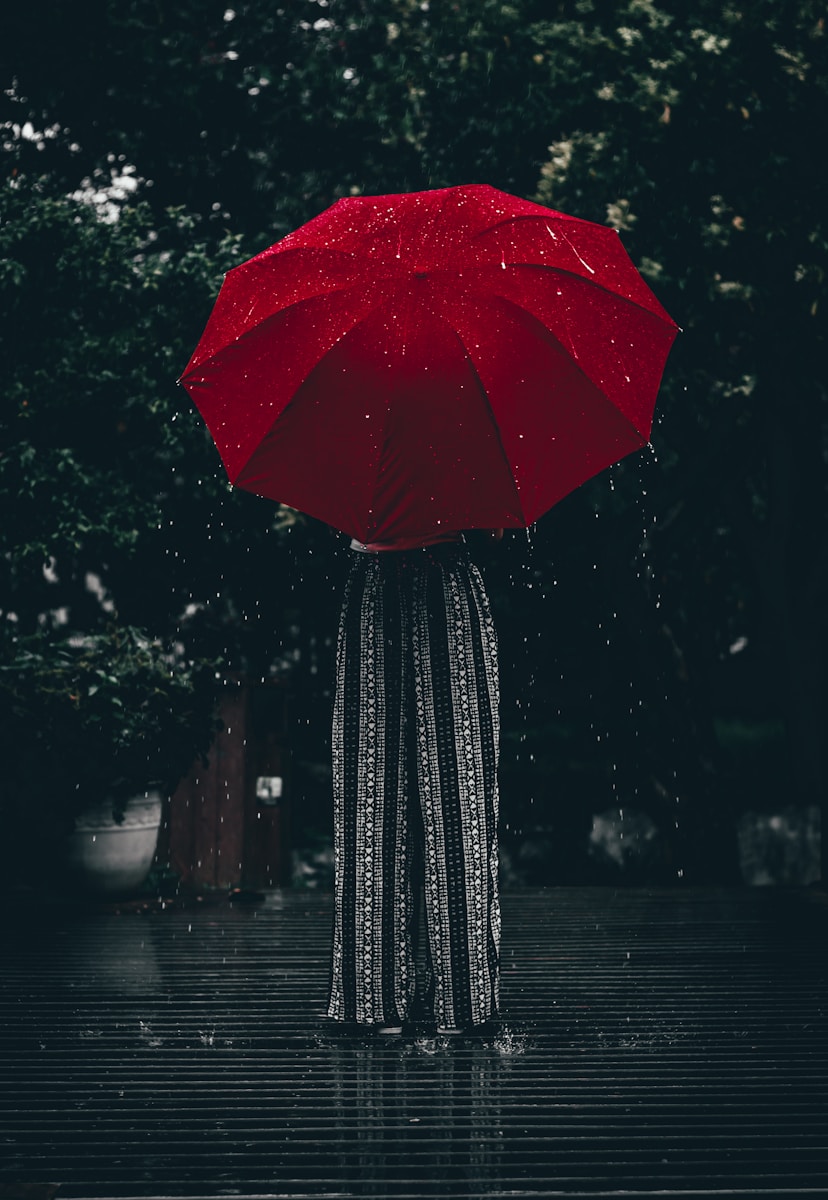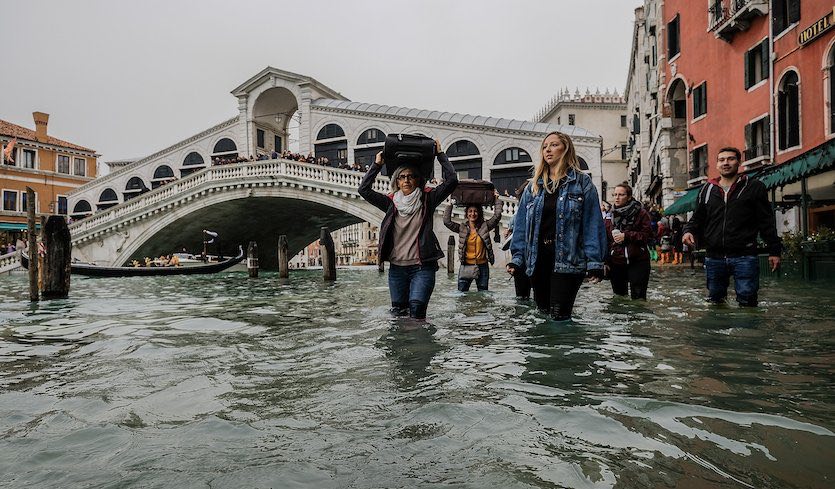Umbrellas have become an integral part of our lives, but their history is rich and varied. From ancient times to modern usage, these handy objects have served multiple purposes beyond mere protection from the rain. This article explores the evolution of umbrellas, their cultural significance, and their lasting impact on society.
The concept of the umbrella dates back thousands of years. The earliest known umbrellas were created in ancient Egypt around 2500 BCE. These early versions were made from palm leaves and were used primarily by the elite to shield themselves from the sun. The Egyptians viewed umbrellas as symbols of status and protection, often using them during ceremonies and public appearances.
Around the same time, the Chinese began to innovate their own versions of the umbrella. They crafted functional and decorative umbrellas from silk, bamboo, and paper. These umbrellas were often designed to be lightweight and easy to carry, making them practical for daily use. In China, umbrellas also held religious significance, symbolizing the protection of deities and the ability to ward off evil spirits.
In the 16th century, umbrellas began to gain popularity in Europe, thanks largely to travelers and traders who returned from Asia. The initially sun-protection-only tools began to evolve into rain shields as well. The first notable appearance of the umbrella in Europe was in Italy, where it became a fashionable accessory among the aristocracy.
By the 18th century, umbrellas became widely used across Europe. They were made with a variety of materials, including silk for the canopy and whalebone for the frame. The Englishman Jonas Hanway is often credited with popularizing the umbrella in England during this time. He carried one with him, prompting others to do the same and leading to broader acceptance of umbrellas as essential items rather than mere luxuries.
The umbrella underwent significant transformations during the 19th century with the advent of new materials and manufacturing techniques. The introduction of waterproof fabrics revolutionized the design, making umbrellas more functional and durable. In 1852, Samuel Fox invented the steel ribbed umbrella, which offered improved strength and flexibility compared to its predecessors. This innovation made umbrellas more reliable, thus increasing their popularity.
The 20th century saw further advancements, including the automatic opening mechanism, which made umbrellas easier to use in sudden downpours. Today, umbrellas come in various styles, sizes, and designs, catering to diverse needs and preferences. From compact travel umbrellas to oversized beach umbrellas, their versatility is unmatched.
Beyond their practical uses, umbrellas have significant cultural and artistic meanings. They appear in literature and art as symbols of protection, shelter, and sometimes, vulnerability. In certain cultures, umbrellas are used in traditional ceremonies, representing a connection to the divine or serving as protective symbols.
Moreover, umbrellas have inspired countless artistic works, from paintings to poetry. Claude Monet’s famous painting of umbrella-carrying figures embodies the blend of practicality and beauty, highlighting how umbrellas transcend functionality to become subjects of art.
The history of umbrellas is a fascinating journey that showcases human ingenuity and adaptability. From ancient Egypt to modern-day society, umbrellas have transformed from luxury items into everyday essentials. They not only protect us from the elements but also serve as symbols of culture, status, and creativity. As long as there are rainy days and sunny skies, umbrellas will continue to hold a significant place in our lives, blending utility with style. Whether we carry them for protection or as fashion statements, umbrellas are here to stay, embodying centuries of history and adaptation.
Related Articles
https://historycooperative.org/when-was-the-umbrella-invented/
https://umbrellamfr.com/why-were-umbrellas-invented/
https://umbrellamfr.com/history-of-umbrellas/
https://www.culturally.co/blog/the-history-of-umbrellas
Take Action






